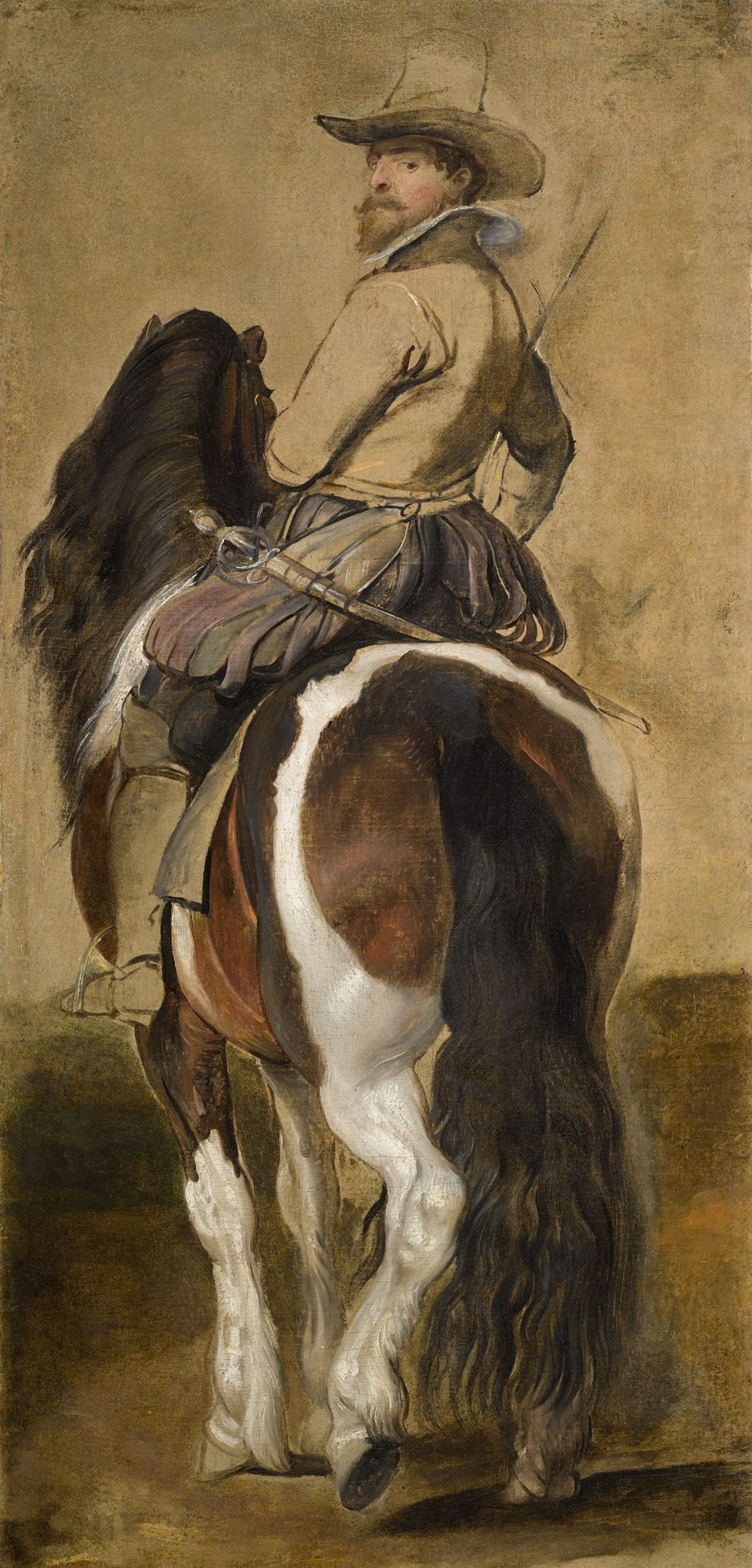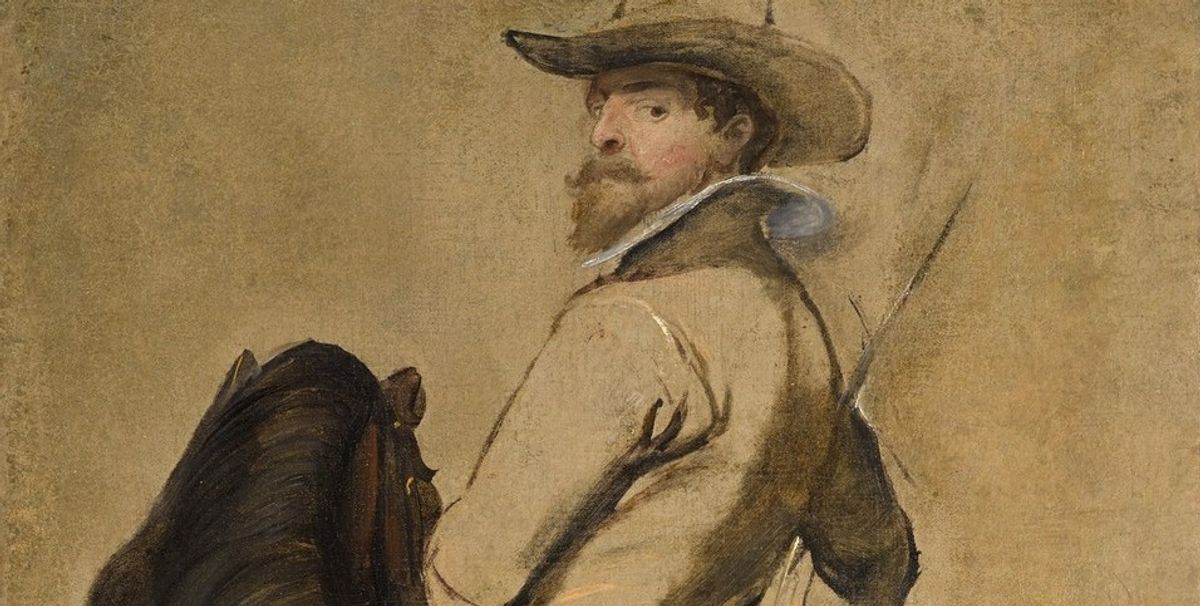As a packed week for Old Masters lovers in New York drew to a close, auctions and pop-up shows alike demonstrated that the market moves quickly for acknowledged masters and A-plus examples from lesser names—but is increasingly bifurcated between the very finest, and all the rest.
In its 24 January sale of Old Master Drawings, Christie’s notched a total of $6.2m including buyer’s premium on 127 lots, a vast improvement from the $3.2m it made on 131 lots a year ago. The auction house recently snagged the former Metropolitan Museum of Art curator Stijn Alsteens to serve as the international head of its Old Master Drawings in Paris, and his former Met colleague and Italian school expert, Furio Rinaldi, is now overseeing the department in New York as an associate specialist. It is perhaps no surprise, then, that Venetian artists, including Guardi, Tiepolo, and Piazzetta made up half of the top ten prices at this week’s sales. Christie’s also held its first sale of Old Master Prints in New York in 15 years on 25 January, adding $4.6m with premiums to the week’s total.
A Peter Paul Rubens take on a Renaissance-era work by Giulio Romano, Scipio Africanus welcomed outside the gates of Rome, in black chalk, pen and ink with additional colour heightening, doubled its estimate ($500,000-$700,000) with a final price of $1.56m with fees, while a Goya landscape with a hunter and his dog (est $600,000-$800,000) fetched $1.1m with fees. More surprising was the performance of a small watercolour by Sir Edward Coley Burne-Jones, The Nativity, which carried a top-end estimate of $25,000 but was chased to $343,500 with fees. Of its solidly modelled figures, Alsteens says: “It reads like a bronze relief. When we saw it my colleagues and I immediately thought of Henry Moore”—which may account for its broad saleroom appeal.
One-of-a-kind works on paper are the focus of Master Drawings (through 28 January), a coordinated exposition in the galleries of 24 Upper East Side dealers, including specialists from London, Florence, Paris, and Vienna. Examples stretched back as far as the 14th century and into the late 20th, indicative of the expanding definition of “master” works. Along with pieces by Bassano (shown by Christopher Bishop), Vasari (by Didier Aaron), Il Guercino (by Day & Faber), and Delacroix (by Stephen Ongpin), there was also more recent fare by Reginald Marsh, Jean Cocteau, and David Hockney. Freshness was key: David Tunick of New York opened his vault to reveal a cache of Vienna Secession drawings not been seen on the market in 37 years, including a portrait of a woman sketched in blue pencil by Gustav Klimt, which sold to a new client.

The demand for discoveries was seen in the evening sale of Old Master paintings at Sotheby’s (Christie’s in 2015 decided to shift its sale of Master paintings to April).
Following a $4.5m drawings sale, led by a Switzerland lake-scape by J.M.W. Turner (which netted $756,000 with fees), on 25 January, Sotheby’s presented a 55-lot evening sale of paintings (and one sculpture) with an emphasis on the Spanish and Italian schools that totted up $27.2m with premium. While there was a sprinkling of strong prices, the sell-through rate was only a bit better than half, with 34 lots finding takers. At the top was a newly attributed Rubens, Study of a horse with a rider (est $1m-$1.5m), dating from the 1610s. The sketchy oil on canvas, evidence of Rubens’s famously quick hand that was formerly obscured by overpaint, was most likely produced as a copying aid for his studio as commissions cranked up. The catalogue proposes that “the aesthetic of the unfinished has historically been far less appreciated than it is today”; its buyer appreciated its aesthetic so much that she or he drove the price up to $4.3m hammer ($5.1m with fees).
Two artist records were set for lesser-known names. An arresting Caravaggesque portrait by Adam de Coster, A young woman holding a distaff before a lit candle (est $1.5m-$2m), made $4.1m ($4.85m with fees), and Willem Drost’s Allegory of Flora, circa 1650s (est $400,000-600,000), was chased by six bidders to $3.9m ($4.6m with fees). But a slew of high-valued pictures that were bought in dragged down the potential total, including a rare-to-market painting by Francisco de Zurbarán and a still-life attributed to Velásquez. “We didn’t move everything I would have liked to”, says Christopher Apostle, Sotheby’s head of the Old Master Paintings department. “Buyers are showing a real selectivity”. But, he adds, “As long as [a picture] is very, very good, the name becomes less important”.
Or does it? During the week, dealers, specialists, and curators all underscored the importance of the buzz generated by a new discovery or reattribution. With Sotheby’s recent acquisition of forensic analysis firm Orion Analytical, the pace of these discoveries—or downgrades in attribution—in the Old Master category could change dramatically.


